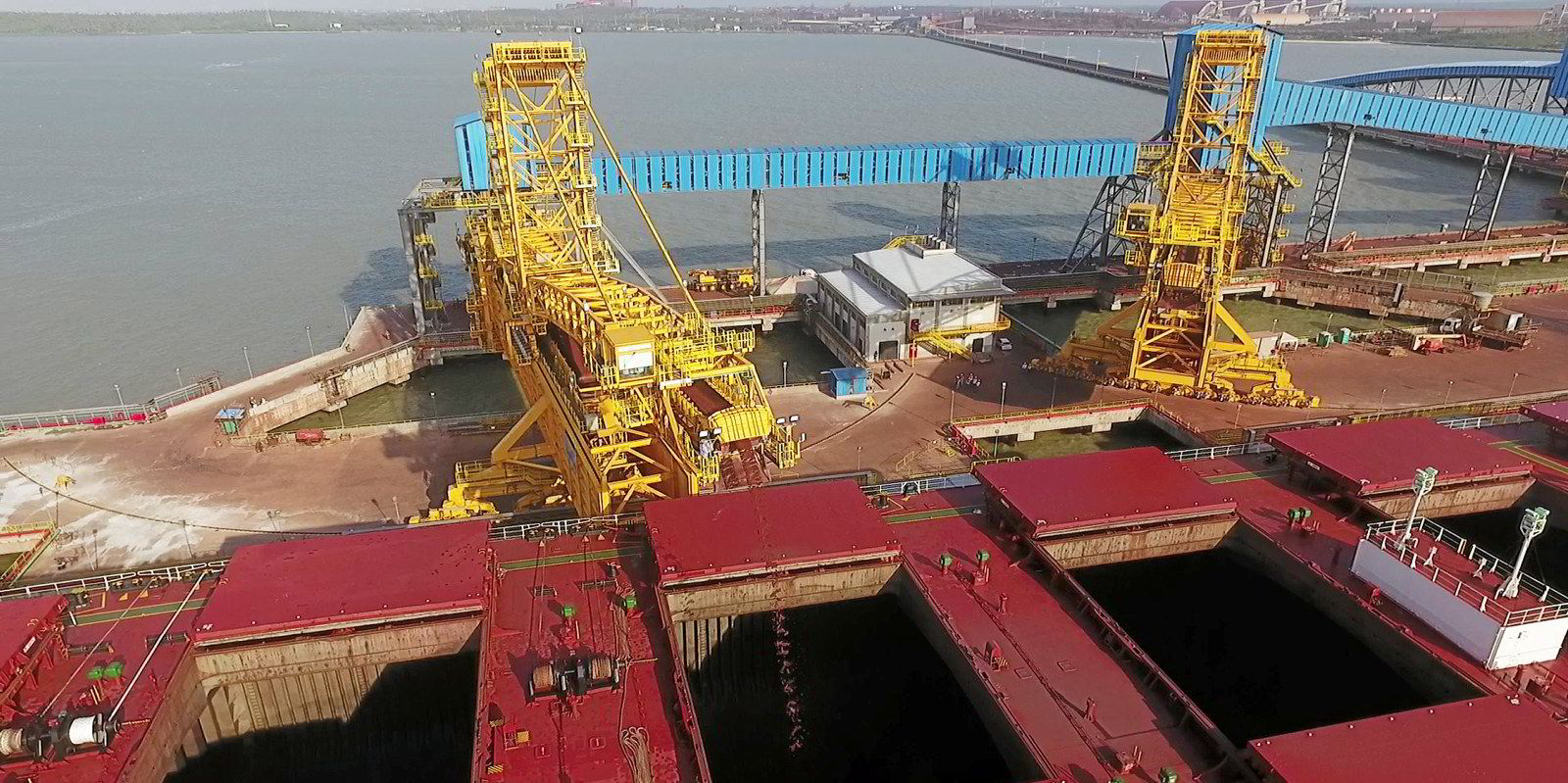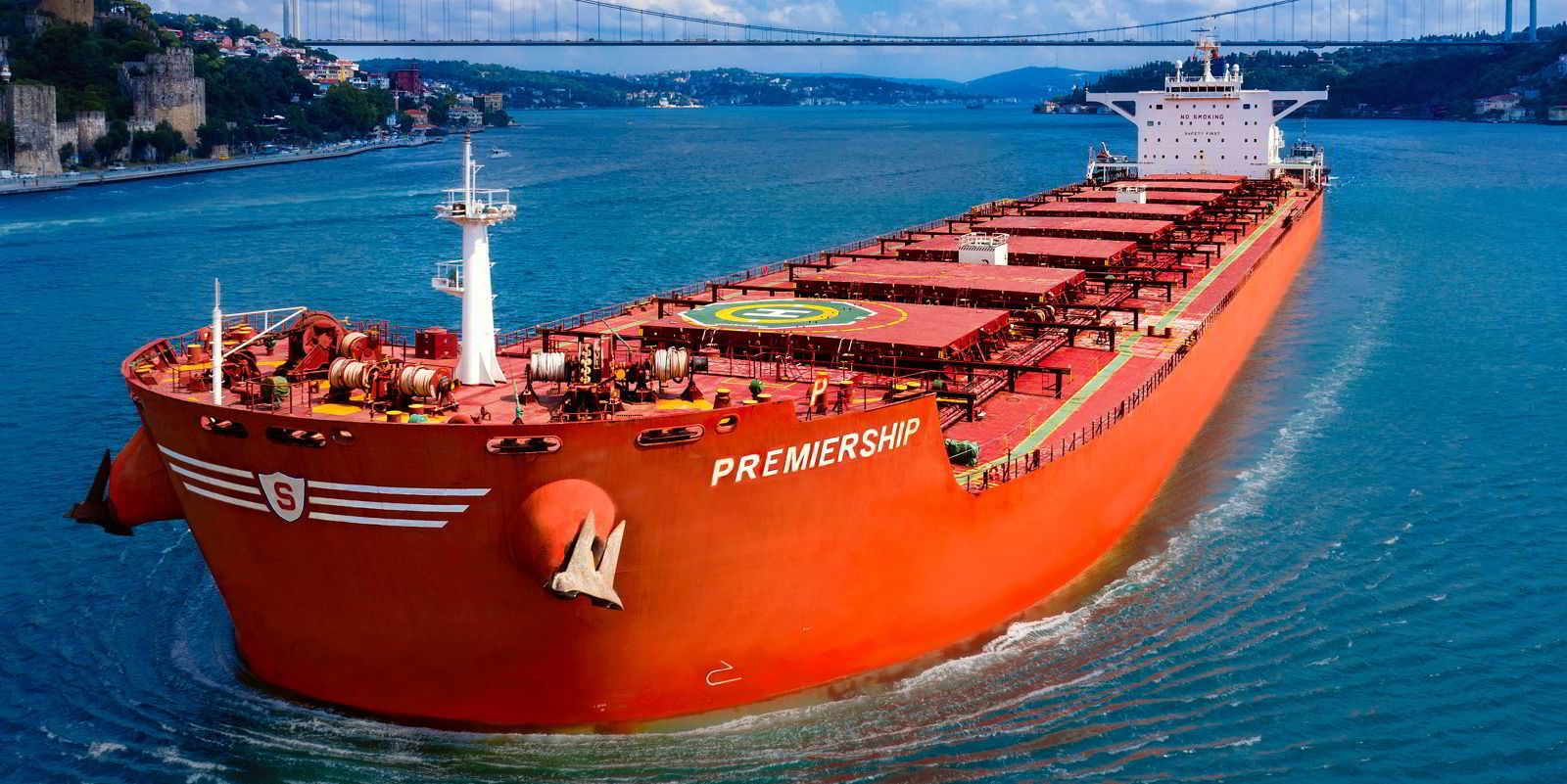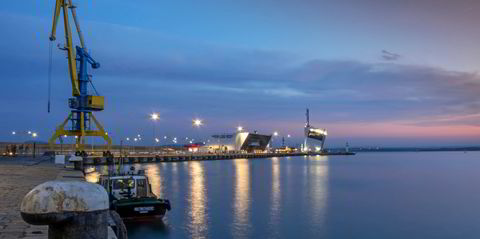The capesize bulker market dropped sharply on Wednesday, but it may regain lost ground in the coming days after China issued a huge government bond package on Tuesday in an attempt to boost its lagging economic recovery, an analyst says.
The National People’s Congress Standing Committee approved over CNY 1trn ($137bn) in new central government bonds that equate to 0.8% of the country’s GDP, Clarksons Securities’ Frode Morkedal said on Wednesday.
The GDP boost could result in a 0.5% jump in dry bulk trade, based on historical correlations, he said.
“These actions indicate a concerted effort to stabilise economic growth,” he wrote in a note.
“Based on current capacity utilisation, capesize rates could potentially rise by $2,000 per day.”
The possible rate spike could erase much of Wednesday’s loss in the sector, in which the Baltic Exchange’s Capesize 5TC spot rate basket fell 10.2% to land at nearly $24,400 per day.
On Wednesday, Rio Tinto hired an unnamed capesize to send 170,000 tonnes of iron ore at $9.75 per tonne from Dampier, Western Australia, to the Chinese port of Qingdao. Loading is slated for 10 to 12 November, the exchange’s data showed.
The day before, the Australian mining giant paid a higher $10.20 per tonne to have an unnamed capesize carry the same amount of the commodity on the route, with loading from 8 to 10 November.
The sector has been on a downward trend since hitting a 16-month high of just under $31,100 per day on 18 October, according to the exchange.
The market has slipped since mid-October because it hit its 2023 “zenith” by more than doubling average spot rates for smaller bulkers, said Wilson Wirawan, lead dry bulk analyst with BRS Shipbrokers.
Also, the capesize futures market has not bought into the sector’s sustained rally, during which average spot rates almost quadrupled, from less than $8,300 per day in early September to the 18 October apex, he said.
November contracts, which have remained below $19,000 per day since early September, lost $754 per day to just below $16,900 per day on Wednesday, the exchange showed.
“The recent rally was also contributed partly by the timing of Typhoon Koinu in early October, which is evidently not a factor heading into end of October,” Wirawan told TradeWinds.
He said Wednesday’s market correction was no surprise as owners are expected to send capesizes into the Atlantic basin in the following weeks to avoid the risk of missing out on China’s demand for Brazilian ore.
“This is not considering the potential downside risk of a China steel production curb in November and December of this year,” he said.

He pointed out, however, that Wednesday’s 5TC tumble was led by sharp declines in average spot rates for two transatlantic routes.
The average spot rate for the round-trip C8 iron ore route between Brazil and Europe plummeted 12.5% to nearly $32,300 per day on Wednesday, while that for the C9 iron ore round-trip route between Europe and China that may stop off Brazil slid 7.6% to just under $45,600 per day.
“Today’s capesize 5TC losses are mainly led by a sharp retreat in C8 and C9 routes, which typically get their vessels from the Atlantic basin,” Wirawan said.






